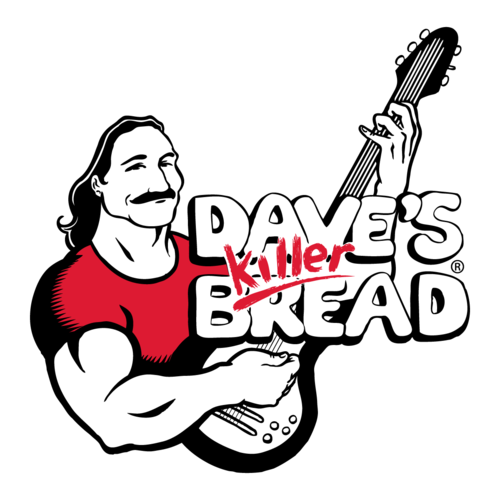Celebrated by Italian-American families across the
U.S., the Feast of Seven Fishes recognizes the wait for the midnight birth of
Jesus, also known as the Vigilia di Natale. It is typical for the family to
gather around a feast of seven different seafood dishes a few different
types of fish prepared in seven different ways.
Each of about 20 regions in Italy have their own
culinary tradition for the cena della Vigilia, or Christmas Eve
dinner. For example, families in Piemonte celebrate with agnolotti, fresh pasta filled with meat; in
Sardegna, you can expect malloreddus, small semolina gnocchi usually
served in a sauce with tuna and fresh cherry tomatoes and in Roma, the
tradition calls for minestra di pesce, fish-based soup.
How did this all come about? The ancient tradition of eating fish on
Christmas Eve seems to date from a Roman Catholic custom of abstaining from
meat and dairy products on the eve of certain holidays that include Christmas.
The number seven, can be connected to
multiple Catholic symbols such as that seven seems be repeated more than 700
times in the Bible. In addition, according to the Roman Catholic Church, seven
are the sacraments, the deadly sins, and the days of the Creation.
Enough with the history. Let’s get to the fish. People tend to confuse the word “seafood” and
“fish.” When I ask someone if they like
“fish” and they say that they don’t will give a positive response to seafood
such as shrimp and lobster, which are shellfish. Seafood is all that comes from the sea.
There has been a recent findings by the New York
State Attorney General in which fish are being mislabeled. For instance, there a difference between
wild-caught salmon and farm raised salmon.
Farm-raised salmon is generally fatty, mild in flavor, and a soft
pink-orange hue.
Wild salmon will give you a stronger salmon-y flavor
and color, more red-orange than pink producing one that more savory. Why
mislabel it? The price of wild-caught is much higher than farm-raised.
Red Snapper is another fraud. There are many fish that look it but not the
real thing and the mislabeling seems to be happening in supermarkets. The third one is swai sold as lemon
sole.
Fish markets
that sell only seafood and not groceries, and produce, are your best bet
especially ones that have a long reputation for being true and being
fresh. Who better to get information
about the fish and the feast but from
Vincent Marinello the co-owner owner of Crossbay Seashell Fish Market, located
at 161-14 Crossbay Blvd. in Howard Beach.
“My family comes from a small fishing village in Sicily called Sciacca,”
said Vinny. “As a teen my dad (Luigi) would work on a fishing boat along with
his brothers. He would be out at sea for days and at times for weeks. My uncle
retired around 10 years ago, and sold his share of the business to Pat Marotta,
who is currently my partner.”
Walk into the market and you’ll view dozens of fish filet
under the glass case. Up front is where
the whole fish, and much of the shellfish is resting on ice. “We purchase the
majority of our fish at the Hunts Point Market in the Bronx. The whole fish
that we carry is Florida red snapper, bronzino, porgies, brook trout, whiting,
flounder, mackerel, salmon, sea bass, and others that are seasonal. Pat
normally goes to the market 2 to 3 times per week”
One other thing to take not of is when you buy fish that is
labeled “frozen and thawed.” You should
never refreeze it and that includes shrimp. Other than items shown in the
freezer section, all of the fish is fresh.
Let’s get to some thoughts on the Feast. Lobster fra diavolo (spicy lobster
with pasta in tomato sauce) is a very
popular dish that adds sole (vs soul) topped with olives, shrimps, scallops and
mussels. You will have to go elsewhere for the pastas and Italian bread.
Beat whole fish idea is to roast a whole branzino with
fennel, onions white wine, thyme and zest of an orange. Vinny or Pat will clean
the branzino for you.
How about Stuffed Calamari with claw Crab meat? The high quality meat is sold in a can. Just talk to the guys and they will take care
of what you need as well as telling you how to cook it. You can set up a
cocktail appetizer using a cluster of snow crab.
If you’re looking for a one dish inclusive, head to Mama’s
of Corona as Irene is preparing a great cold seafood salad that will most
likely take care of seven fishes. The
deli is located at 46-02 104th Street.
What is a feast without dessert?
Head for Mama’s Backyard Café, located at 46-10 104th St.,
for all you pastries and breads. With Irene
cooking her heart out at their deli she also prepares her delicious marinara
sauce and that’s one less thing for you to do.
HAPPY HOLIDAYS!










